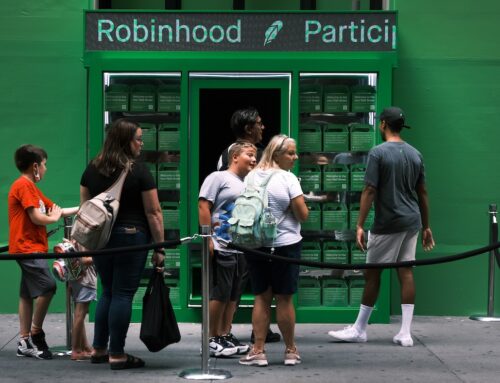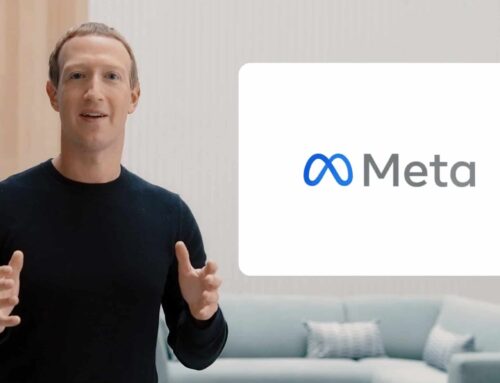Investors are all smiles as ‘Liberation Day’ Part 2 looms
July 3, 2025
This is The Takeaway from today’s Morning Brief, which you can sign up to receive in your inbox every morning along with:
-
The chart of the day
-
What we’re watching
-
What we’re reading
-
Economic data releases and earnings
It’s amazing how fast 90 days can zoom by. In the span of three months, the stock market has shaken off the tariff doldrums of April to reach new summer highs, pricing in that a postponement of “Liberation Day” levies would inspire trade deals and avoid the worst outcomes of a high tariff regime.
But what does a clear-eyed accounting of American dealmaking show? Pacts with the UK and China were taken by Wall Street as victories, however modest and provisional. And the promises of other agreements just around the corner, like Wednesday’s agreement with Vietnam, juiced the market further. A compact with India could arrive any day.
On the other hand, an anticipated handshake with Japan has since degraded into new threats of higher levies. The next deadline is fast approaching. And the president has said he is not considering another delay.
Investors can say with a straight face that the market has priced all this in, and that this sword of Damocles is actually preventing S&P 6,500. But the same statement can be said with sarcasm and irony.
How can prices be calibrated for largely positive outcomes when an array of negative outcomes are staring us in the face? That same skepticism has been trained at the market’s almost miraculous comeback, with the benchmark S&P 500 regaining all of its losses from earlier in the year. Was the selling on tariff pessimism an overreaction, or was it the dealmaking optimism in buying it back?
In any event, the ease of being optimistic is almost by definition at its apex when stocks are as well. The market is, after all, forward-looking.
What’s at stake in the re-release of another high-stakes “Liberation Day” is more than just analysts’ credibility. It’s a potential hit to GDP and a collective pummeling of portfolios. Add to the mix another dose of uncertainty to layer onto the Fed’s decision making, the labor market, and the health of the US consumer.
But investors are choosing to take a “glass-half-full” view, as Mark Hackett, chief market strategist at Nationwide, said in a note on Wednesday.
Despite lack of clarity in the near term, he wrote, “the market is clearly pricing in a strong dose of optimism. That confidence can be a sign of resilience, but it also leaves little room for disappointment.”
There’s still time for more trade progress. And the market, like politics, feeds off the theatrical elements of negotiations, brinksmanship, and the drama of a ticking clock — and has a bullish bias, for good reason.
Terms and Privacy Policy
Search
RECENT PRESS RELEASES
Related Post




